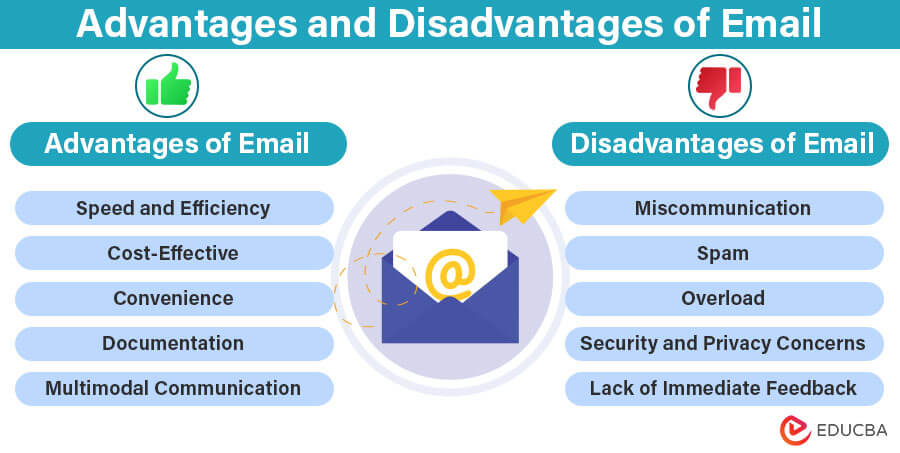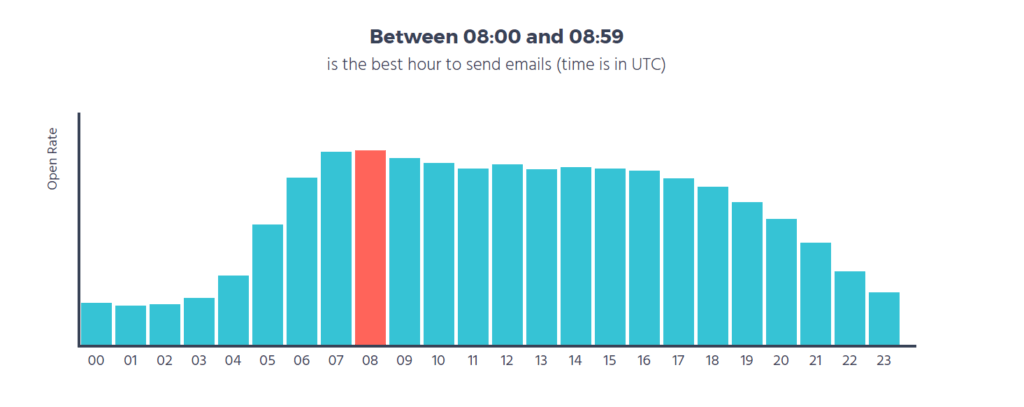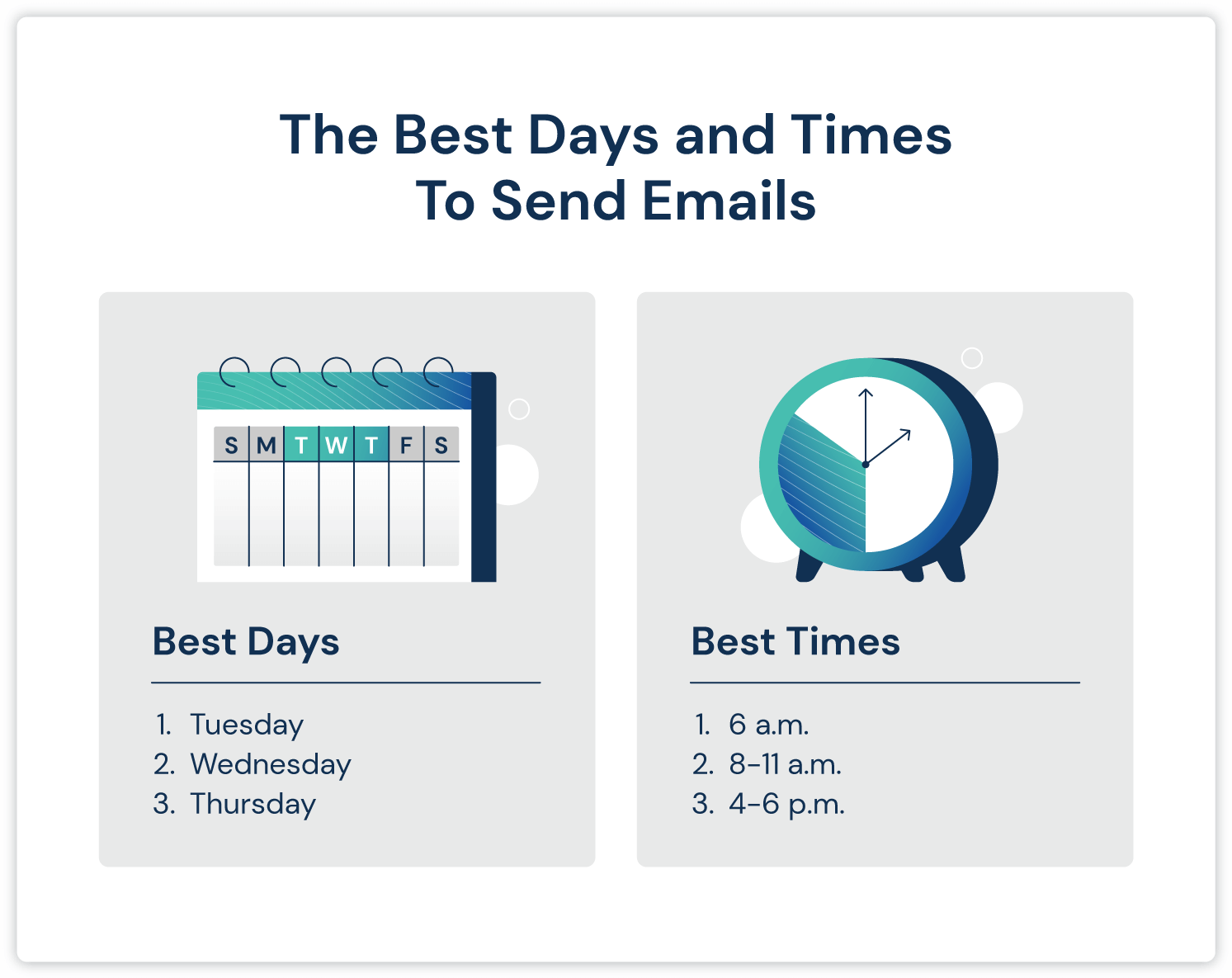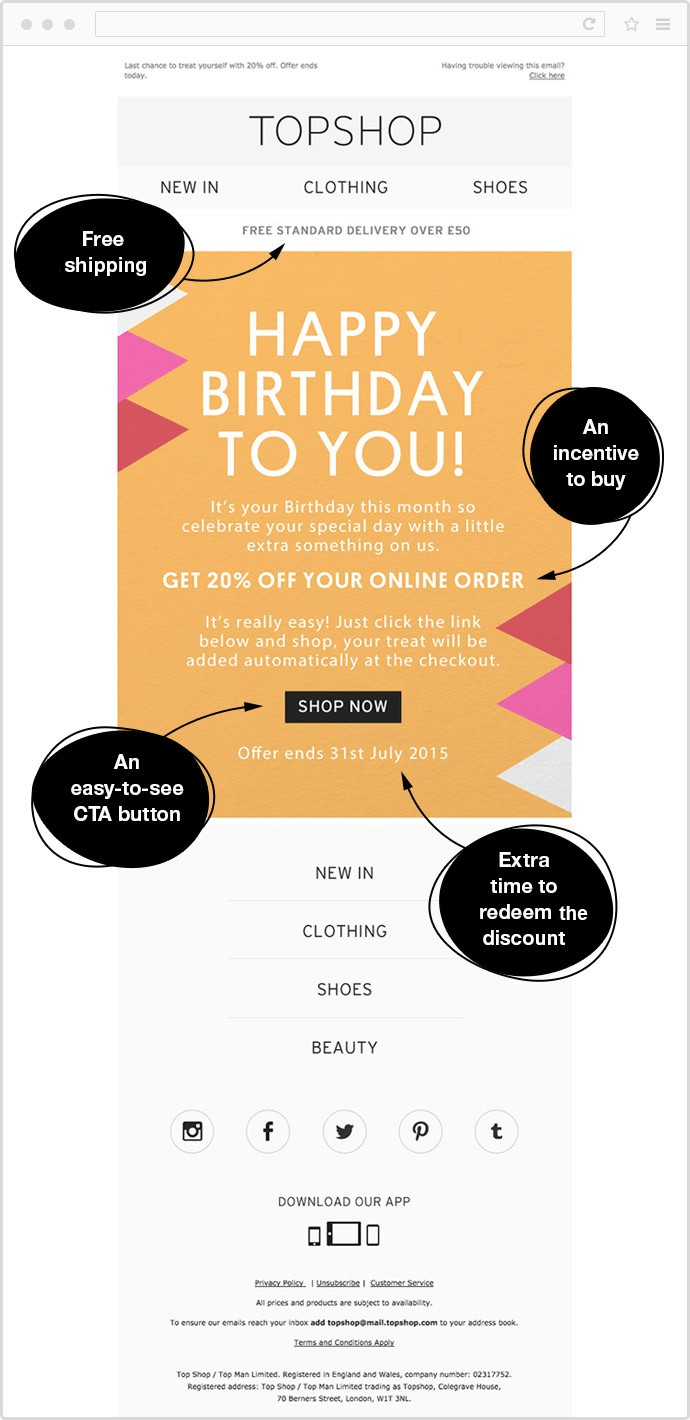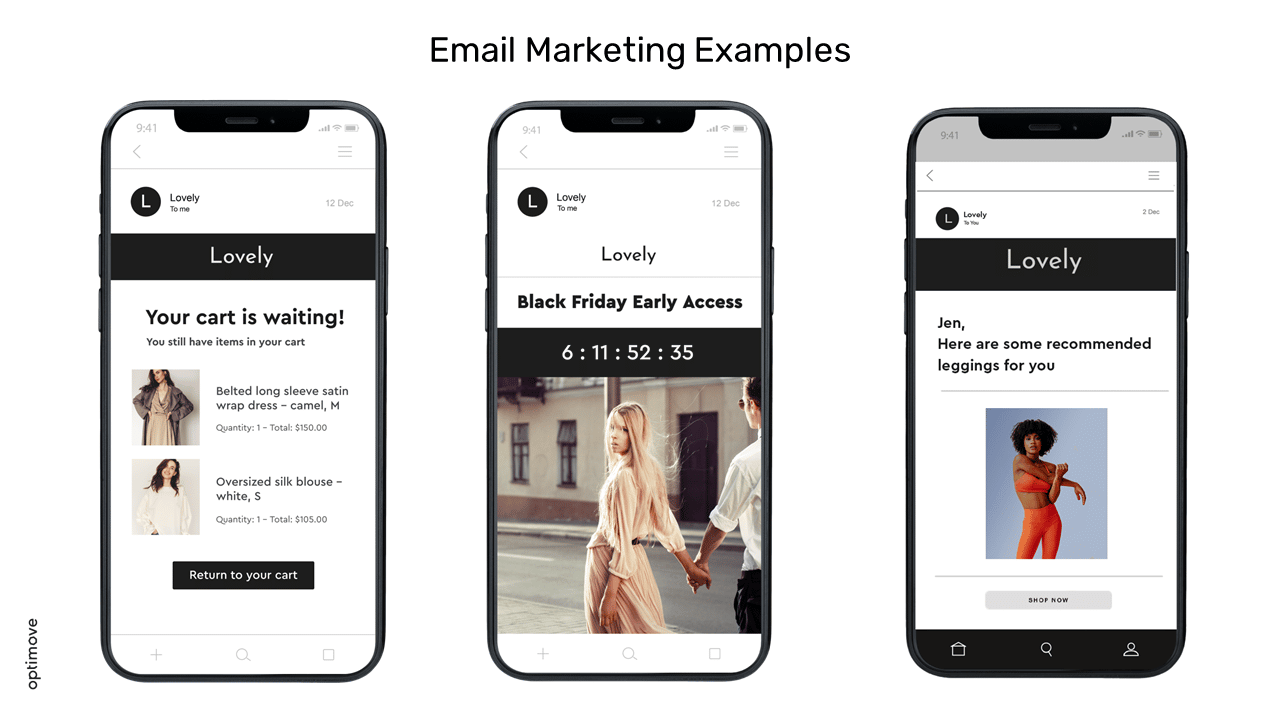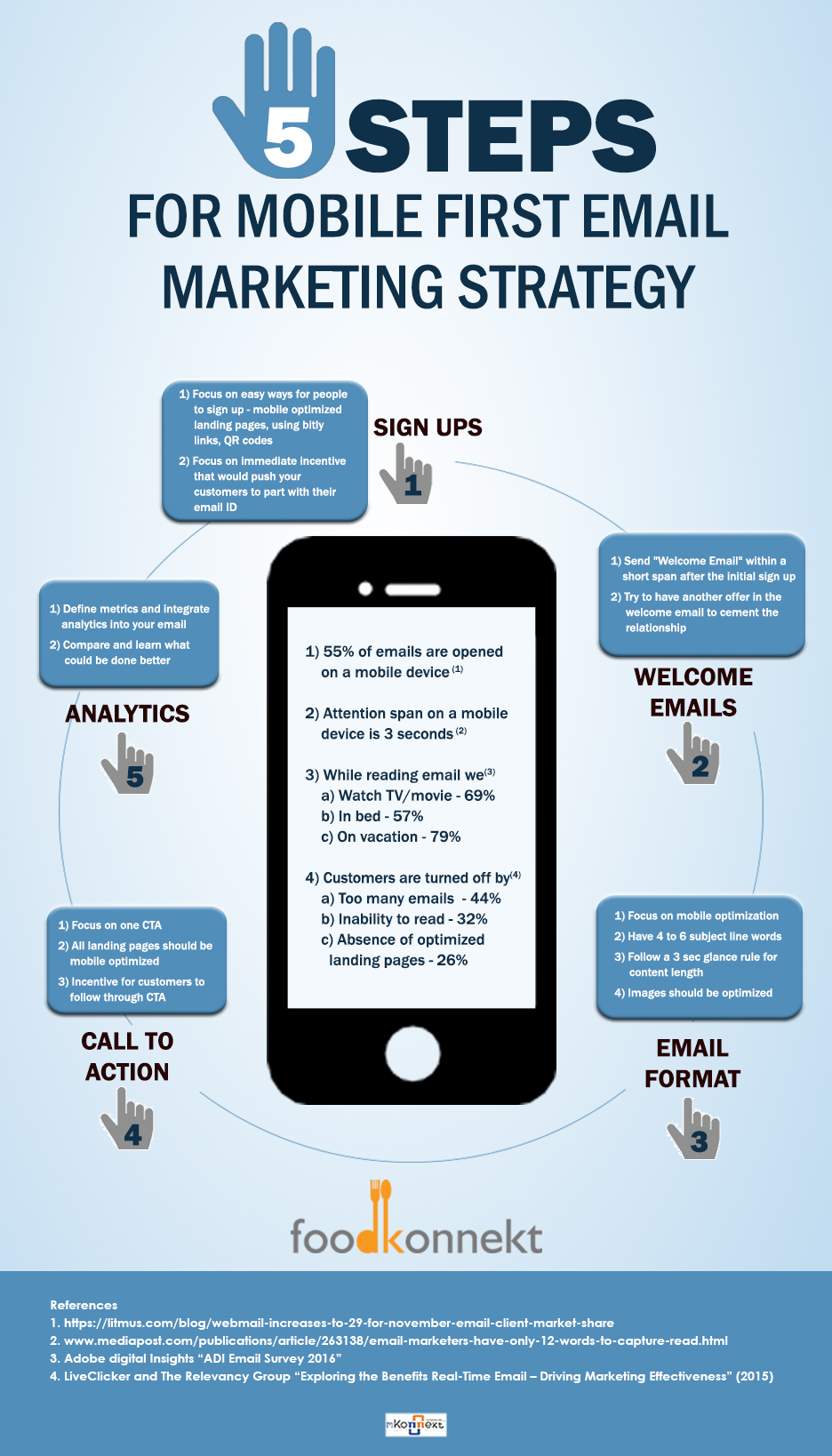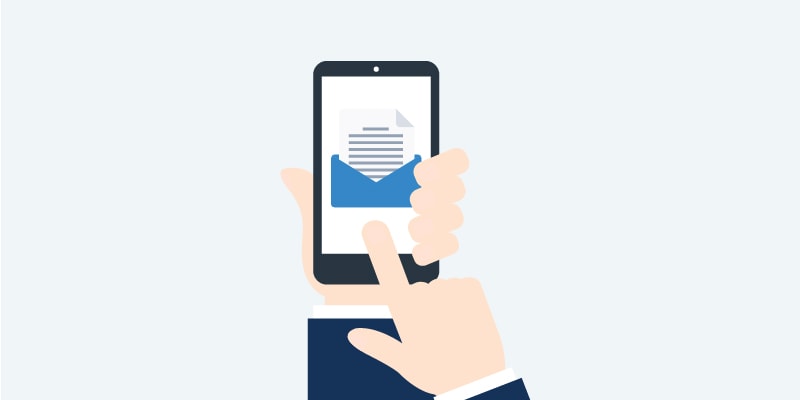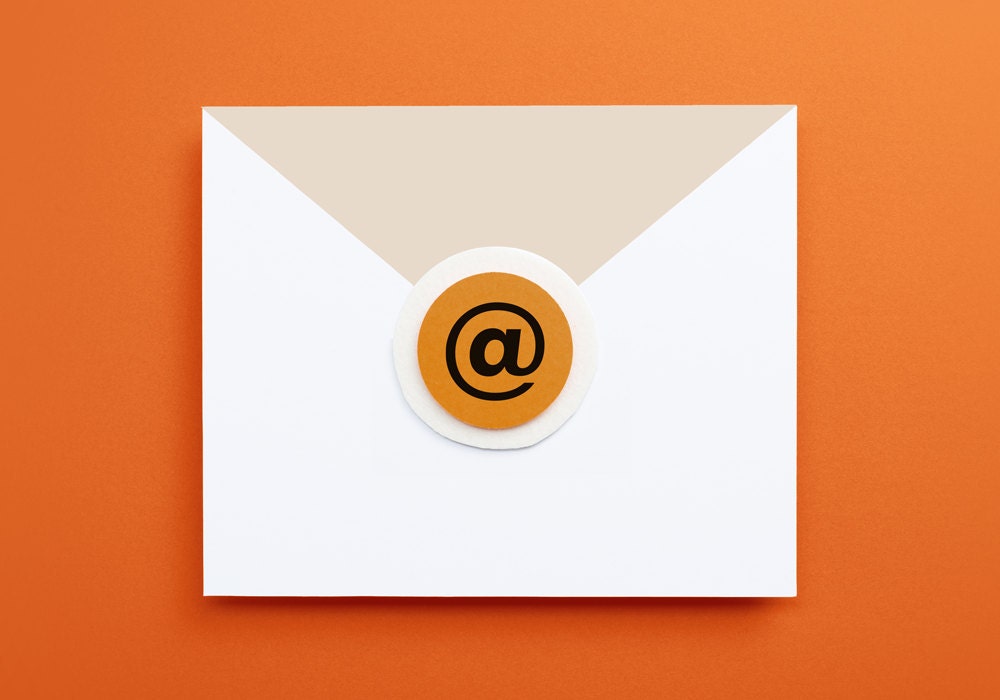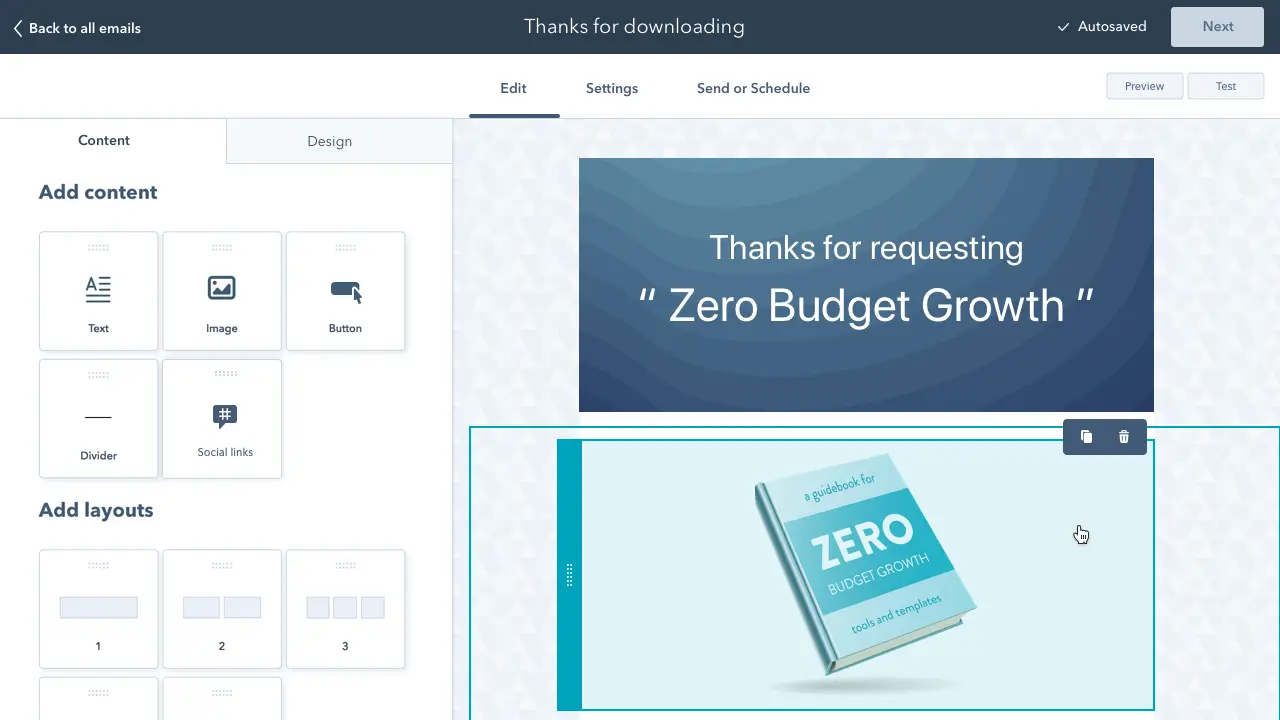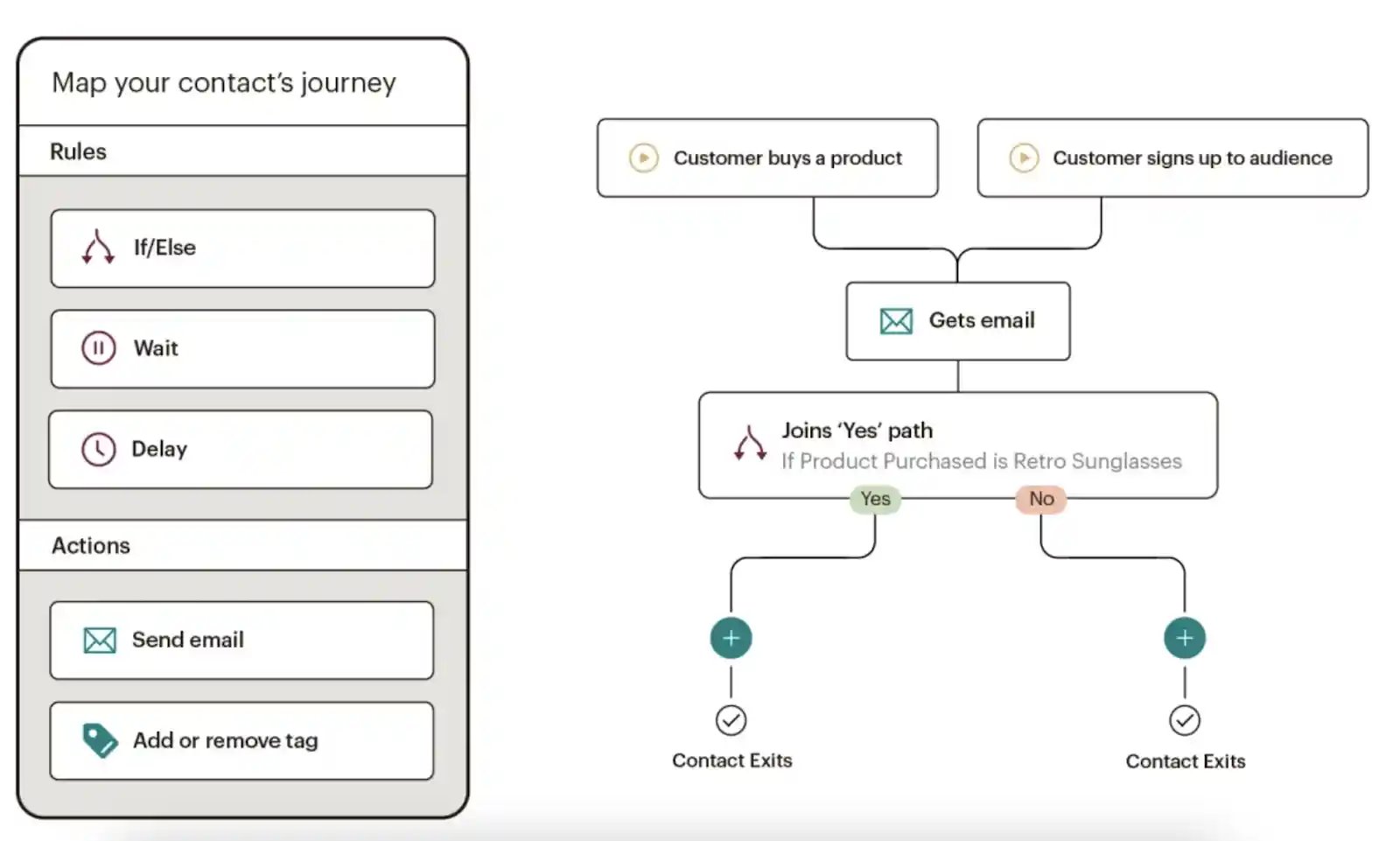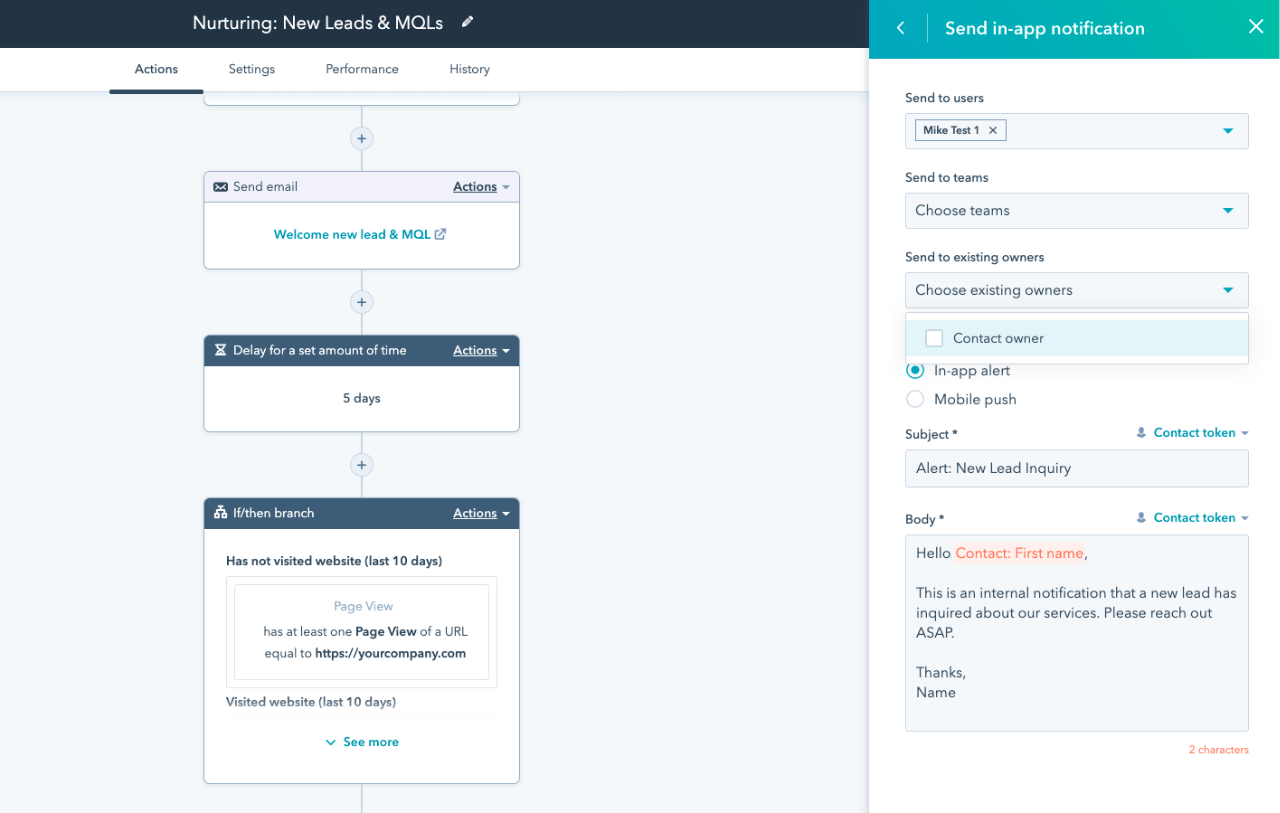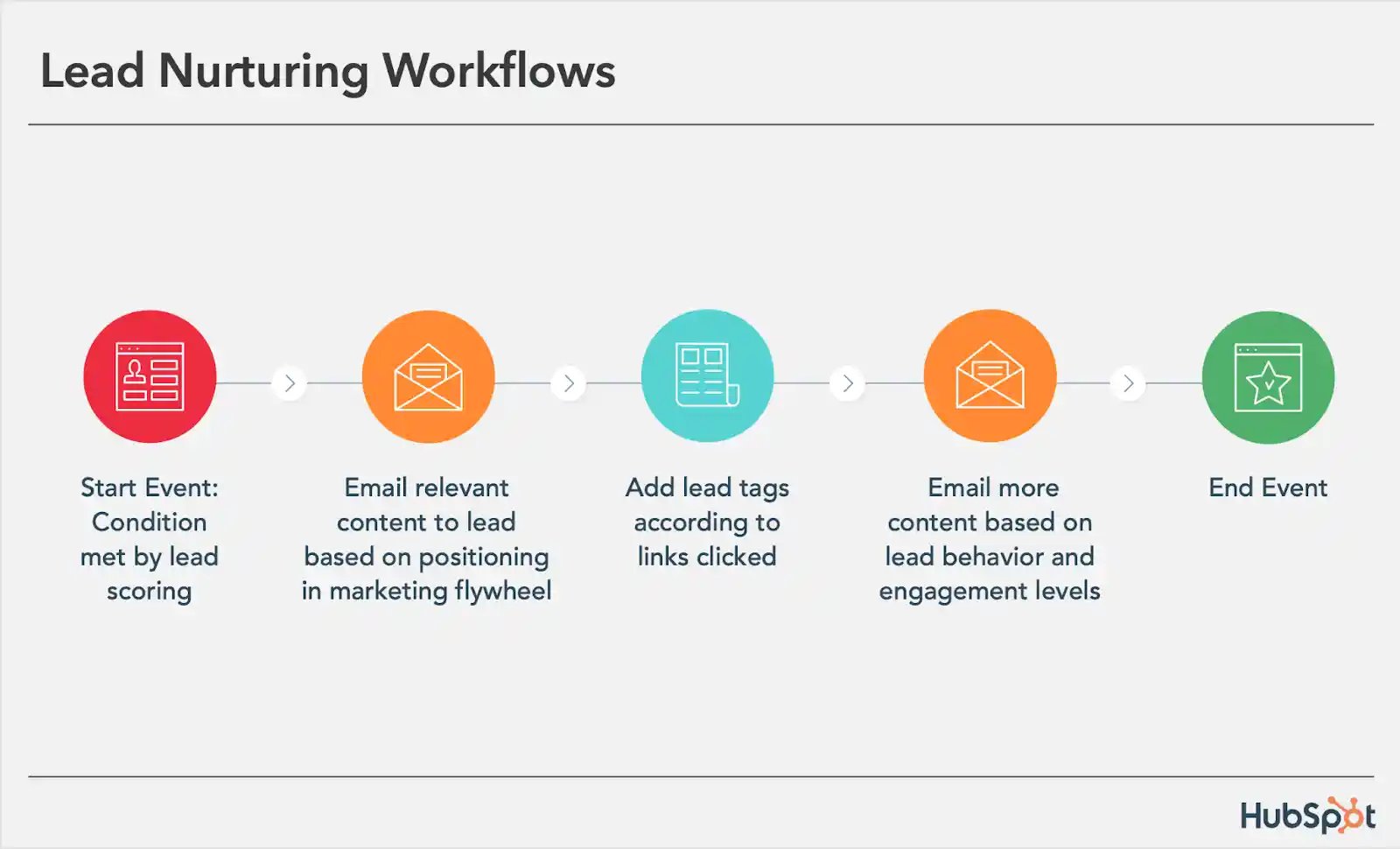The best time to send an email to get a response is Tuesday or Thursday morning, around 10 AM. This timing increases the likelihood of your email being seen and answered promptly.
Email timing significantly impacts response rates. Studies show that mid-morning on Tuesdays and Thursdays are optimal times. People are generally more focused and attentive during these periods. Sending emails during these peak times can boost engagement and improve your chances of a quick reply.
Timing your emails strategically can enhance communication effectiveness, whether for business or personal correspondence. Understanding these patterns helps ensure your messages don’t get lost in the shuffle. Consistently applying this strategy can lead to better email management and more successful communication outcomes.

Credit: salesblink.io
Introduction To Email Timing
Understanding the best time to send an email can boost your response rate. Timing plays a crucial role in email marketing success. Knowing when your audience is most active ensures your email gets noticed. This blog will guide you through the importance of email timing.
Why Email Send Time Matters
Email send time impacts whether your message is read or ignored. Sending emails at the right time increases visibility. People check their emails at specific times during the day. Knowing these times can help you reach your audience effectively.
Impact On Open Rates And Engagement
Open rates and engagement significantly depend on timing. Sending emails during peak hours boosts open rates. Higher open rates lead to better engagement. Let’s look at some key points:
- Weekdays generally have higher open rates than weekends.
- Early mornings and late afternoons are prime times.
- Avoid sending emails during lunch breaks.
Consider these factors to optimize your email campaigns.

Credit: salesblink.io
Analyzing Your Audience
To know the best time to send an email, you must analyze your audience. Different groups have different habits and preferences. Understanding these can help you choose the best time to send emails. This analysis can greatly improve your email response rates.
Understanding Subscriber Behavior
First, understand how your subscribers behave. Do they check emails in the morning or evening? Are they active on weekends or weekdays? You can find this information by looking at your email open and click rates.
Create a simple table to track this data:
| Time of Day | Open Rate | Click Rate |
|---|---|---|
| Morning | 20% | 5% |
| Afternoon | 15% | 4% |
| Evening | 25% | 6% |
| Night | 10% | 3% |
Look at the table and find the best time slots. Test different times and adjust based on the results.
Segmentation For Tailored Timing
Segmenting your email list can help you send emails at the right time. Group your subscribers based on their behavior and preferences. This allows you to send emails when each group is most active.
Here are some ways to segment your list:
- Geography: Different time zones require different send times.
- Activity Level: Frequent openers vs. occasional openers.
- Demographics: Age, gender, and occupation can affect email habits.
Use these segments to tailor your email timing. For example, send morning emails to early risers and evening emails to night owls.
By analyzing your audience and segmenting your list, you can find the best time to send emails. This boosts your chances of getting a response.
Industry Benchmarks
Industry benchmarks reveal the best times to send emails. They vary by sector. Understanding these patterns can boost your email response rates.
General Trends In Email Timing
General trends in email timing help businesses achieve better engagement. Most emails get read on weekdays. Monday to Thursday are peak days.
- Monday: High open rates
- Tuesday: Best response rates
- Wednesday: Consistent engagement
- Thursday: Steady open and click rates
Early morning and late afternoon are prime times. Send emails around 8-10 AM or 3-4 PM. Avoid sending late at night or during lunch hours.
Adapting To Industry-specific Patterns
Different industries have unique email response patterns. Tailoring your send times to your industry improves outcomes.
| Industry | Best Day | Best Time |
|---|---|---|
| Marketing | Tuesday | 10 AM |
| Finance | Wednesday | 9 AM |
| Retail | Thursday | 8 AM |
| Healthcare | Monday | 11 AM |
Adapting to your industry’s benchmarks ensures higher engagement. Study your sector’s specific trends. Adjust your email strategy accordingly.
Days Of The Week To Consider
Understanding the best days to send emails can increase response rates. Different days can yield different results. Knowing which days to target can optimize your email strategy.
Weekday Versus Weekend Performance
Weekdays and weekends show varied email performance. Generally, weekdays outperform weekends. People are more active on emails during workdays.
A study by Mailchimp shows Tuesday, Wednesday, and Thursday have higher open rates. These days are ideal for business-related emails.
Weekends often see lower engagement. People tend to check emails less on Saturdays and Sundays. Weekend emails might get lost in the inbox clutter.
Optimal Days For Different Objectives
Choosing the right day depends on your objective. Here’s a breakdown:
| Day | Best For |
|---|---|
| Monday | Newsletters, Announcements |
| Tuesday | Product Launches, Promotions |
| Wednesday | Follow-ups, Reminders |
| Thursday | Event Invitations, Updates |
| Friday | Discounts, End-of-Week Wrap-ups |
| Saturday | Leisure Content, Weekend Offers |
| Sunday | Summary Emails, Personal Notes |
Each day serves different purposes. Match your email content with the best day to send.
For urgent responses, aim for mid-week. If you have casual content, weekends might still work. Adjusting your schedule can lead to better engagement.
Time Of Day Analysis
Choosing the right time to send an email can increase response rates. Knowing when your audience is most active helps improve engagement. Let’s explore the best times to send emails for maximum impact.
Morning Or Evening: Maximizing Opens
Sending emails in the morning often gets more opens. People check their emails first thing in the morning. This means your email is at the top of their inbox.
Evening emails can also be effective. People relax and check emails after work. This can lead to higher open rates too.
Best Hours For B2b And B2c Audiences
B2B and B2C audiences have different email habits. Knowing these habits is crucial.
B2B Audiences:
- Best Time: 9 AM to 11 AM
- Reason: People start their workday and check emails.
B2C Audiences:
- Best Time: 6 PM to 9 PM
- Reason: People unwind and check personal emails.
| Audience | Best Time | Reason |
|---|---|---|
| B2B | 9 AM to 11 AM | Start of the workday |
| B2C | 6 PM to 9 PM | End of the day |
Seasonality And Timeliness
Understanding the best time to send an email can be tricky. Seasonality and timeliness play a huge role. They affect how likely your email gets opened and read. Timing your emails to align with holidays and events can boost response rates. Adjusting for seasonal variations can also make a big difference.
Leveraging Holidays And Events
Holidays and events can impact email engagement. People are more likely to read emails related to upcoming holidays. For example, sending an email about a sale before Christmas can catch attention. Use holidays to your advantage.
- Plan email campaigns around major holidays.
- Offer special discounts or promotions related to the holiday.
- Send reminder emails before the holiday arrives.
Events also offer great email opportunities. Think about local events or industry-specific events. Sending timely emails related to these can increase your response rate.
Adjusting For Seasonal Variations
Different seasons can affect email engagement. During summer, people may check their emails less often. In contrast, winter can see higher email engagement. Adjust your email sending times based on the season.
| Season | Best Time to Send |
|---|---|
| Spring | Mid-morning or early afternoon |
| Summer | Early morning or late evening |
| Fall | Mid-morning or late afternoon |
| Winter | Mid-morning or early afternoon |
In spring, mid-morning or early afternoon works best. Summer emails get more attention early morning or late evening. Fall sees higher engagement mid-morning or late afternoon. Winter emails perform well mid-morning or early afternoon.
Adjusting your strategy based on these patterns can improve your results. Pay attention to seasonal trends in your own email data. This helps you fine-tune your timing further.
Testing And Optimization
Finding the best time to send an email requires testing and optimization. This process involves experimenting with different send times and measuring responses. By refining your approach, you can increase open rates and responses.
A/b Testing Send Times
A/B testing helps determine the best time to send emails. It involves sending emails at different times and comparing results. This method allows you to see which time works best for your audience.
Here is a simple way to conduct A/B testing:
- Divide your email list into two or more groups.
- Send emails to each group at different times.
- Measure open rates and responses.
- Compare results to find the optimal send time.
By following these steps, you can identify the time when your audience is most responsive.
Evaluating And Tweaking Campaigns
After identifying the optimal send time, continue to evaluate and tweak your email campaigns. This ensures that your strategy remains effective.
Consider these factors while evaluating your campaigns:
- Open rates
- Click-through rates
- Response rates
Use these metrics to make informed decisions about your email send times.
Regularly revisit your data to ensure your strategy stays current. Adjust send times if you notice changes in your audience’s behavior.
Here is a quick checklist for optimizing your email campaigns:
| Action | Frequency |
|---|---|
| Review open rates | Weekly |
| Analyze click-through rates | Monthly |
| Adjust send times | Quarterly |
By consistently evaluating and tweaking your campaigns, you can maximize your email engagement and response rates.

Credit: www.getresponse.com
Leveraging Automation Tools
Leveraging automation tools can significantly improve your email marketing efforts. These tools help to schedule emails, analyze recipient behavior, and optimize send times. This increases the chances of getting a response from your audience.
Email Marketing Platforms
Email marketing platforms offer various features to streamline your campaigns. They provide templates, list management, and analytics. Popular platforms include:
- Mailchimp
- Constant Contact
- SendinBlue
These platforms also allow you to set up automated workflows. This ensures your emails are sent at the optimal time.
Using Ai For Send Time Optimization
AI can analyze data to determine the best times to send emails. Many email marketing platforms use AI to optimize send times. This ensures your emails reach the recipient when they are most likely to respond.
| Platform | AI Feature |
|---|---|
| Mailchimp | Send Time Optimization |
| Constant Contact | Intelligent Timing |
| SendinBlue | Predictive Sending |
These AI features help to ensure your emails are opened and read. This increases the likelihood of receiving a response.
Conclusion: Best Practices Recap
Understanding the best time to send emails is crucial. Let’s recap the best practices for achieving high response rates.
Consistency And Persistence
Consistency in your email scheduling can improve open rates. Send emails at the same time each week. This helps your audience expect your emails.
Persistence is also key. Follow up if you don’t get a response. A polite reminder can often lead to a reply.
Continuous Learning And Adaptation
Keep learning from your email campaigns. Use data to refine your timing. Review your email analytics regularly.
Adapt your strategy based on results. Different audiences may respond better at different times. Stay flexible to achieve the best outcomes.
| Best Practices | Details |
|---|---|
| Consistency | Send emails at the same time each week. |
| Persistence | Follow up if you don’t get a response. |
| Continuous Learning | Use data to refine your timing. |
| Adaptation | Stay flexible to achieve the best outcomes. |
By following these practices, you can improve your email response rates. Consistency, persistence, learning, and adaptation are your keys to success.
Frequently Asked Questions
What Is The Best Time Of Day To Send An Email To Get A Response?
The best time to send an email is between 10 AM and 2 PM. Aim for mid-week, especially Tuesday or Thursday. This increases the likelihood of a response.
What Is The Statistically Best Time To Send An Email?
The best time to send an email is Tuesday at 10 AM. Studies show this time has higher open rates.
What Is The Appropriate Time For Email Response?
Respond to emails within 24 hours for best results. Timely replies improve communication and build trust. Aim for professionalism.
What Is The Best Time To Send An Unsolicited Email?
The best time to send an unsolicited email is Tuesday or Thursday, between 10 AM and 2 PM. This timing ensures higher open rates and engagement.
Conclusion
Finding the best time to send an email can boost your response rates significantly. Experiment with different times and days. Analyze your audience’s behavior for optimal results. Consistent testing and adjustment will lead to more effective communication. Keep refining your strategy for maximum engagement and success.
Happy emailing!





